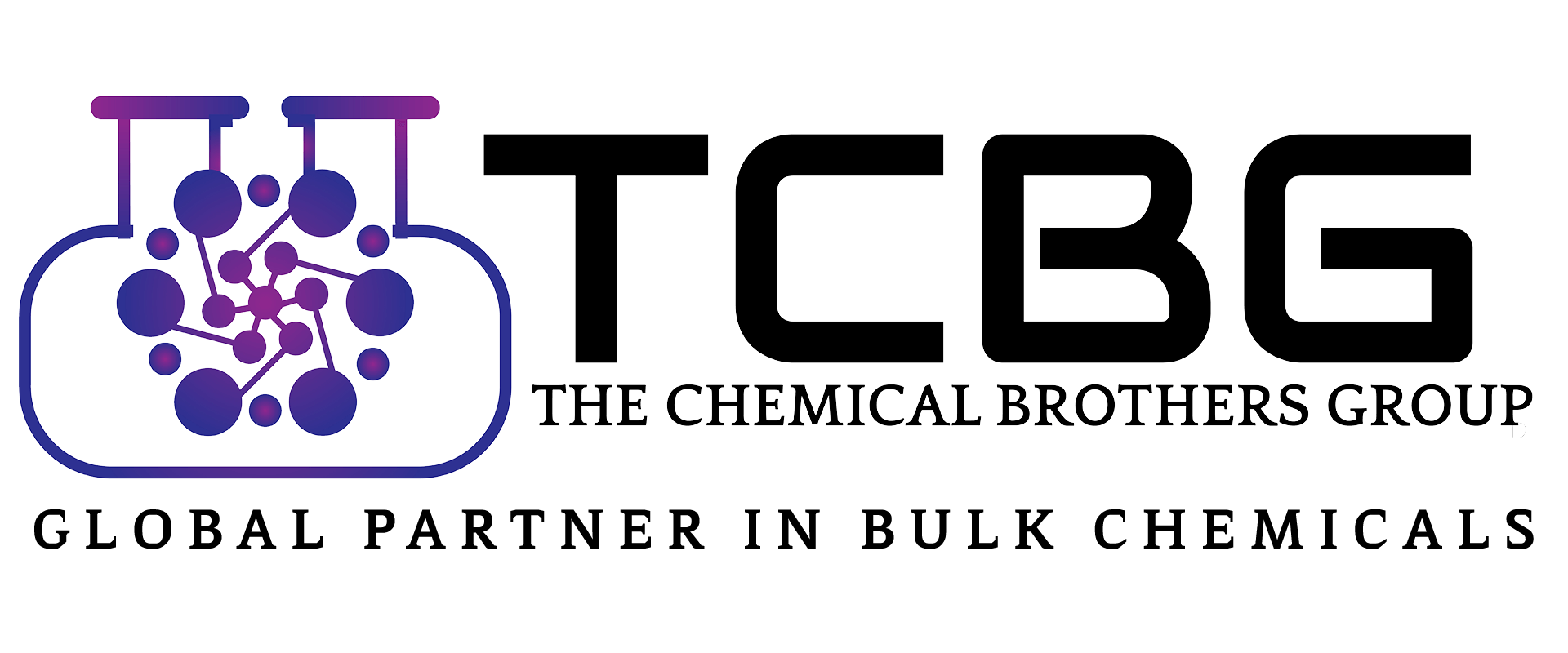Propylene glycol (C3H8O2) is a colorless,
odorless, and slightly viscous liquid commonly used as a solvent, humectant,
and food additive. Here are some details about propylene glycol:
1. Chemical Formula: C3H8O2
2. CAS (Chemical Abstracts Service) Number: 57-55-6
3. Molecular Weight: Approximately 76.10
g/mol
4. Physical Properties:
-
Appearance: Propylene glycol is a clear, colorless, and odorless liquid at room
temperature.
-
Density: Approximately 1.036 g/cm³ at 20°C (68°F).
-
Melting Point: -59°C (-74.2°F)
-
Boiling Point: 188.2°C (370.8°F)
-
Solubility: Miscible with water and many organic solvents.
5. Chemical Properties:
-
Propylene glycol is a diol, consisting of two hydroxyl groups (-OH) attached to
a three-carbon chain.
- It
is a polar molecule due to the presence of the hydroxyl groups, which makes it
highly soluble in water and other polar solvents.
-
Propylene glycol is considered a low-volatility solvent with good solvent power
for a wide range of substances.
6. Production
-
Propylene glycol is primarily produced by the hydration of propylene oxide,
which is derived from propylene, a petrochemical derived from petroleum or
natural gas.
-
The hydration reaction is typically catalyzed by acidic or alkaline catalysts
to produce propylene glycol.
7. Uses:
-
Humectant: Propylene glycol is widely used as a humectant in cosmetics,
personal care products, and food products to retain moisture and prevent
drying.
-
Solvent: It serves as a solvent in various applications, including
pharmaceuticals, food additives, flavors, and fragrances.
-
Antifreeze: Propylene glycol is used as an antifreeze and coolant in automotive
and industrial applications, as well as in heating, ventilation, and air
conditioning (HVAC) systems.
-
Preservative: It is used as a preservative in foods, beverages, and tobacco
products to inhibit microbial growth and extend shelf life.
-
Carrier Fluid: Propylene glycol is used as a carrier fluid in the production of
hydraulic fluids, brake fluids, and heat transfer fluids.
8. Health and Safety:
-
Propylene glycol is generally recognized as safe (GRAS) by regulatory agencies
when used in food and pharmaceutical applications within specified limits.
- It
is considered non-toxic and has a low potential for acute toxicity via
ingestion, skin contact, or inhalation.
-
However, high doses or prolonged exposure to propylene glycol may cause
irritation of the skin, eyes, and respiratory tract in sensitive individuals.
-
Proper handling, storage, and personal protective equipment (PPE), such as
gloves and goggles, should be used to minimize exposure to propylene glycol.
Propylene glycol is a versatile chemical with numerous industrial, commercial, and pharmaceutical applications. Its low toxicity and excellent solvent properties make it suitable for a wide range of uses, but proper handling and safety precautions should still be observed to ensure safe usage.
If you need further information or have specific questions, feel free to ask!

.jpg)
